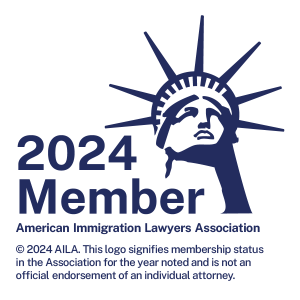
According to news reports, the policy of no more interpreters in immigration court was officially announced to judges on Thursday. The policy is set to begin nationwide on the week of July 15, 2019. However, it has not been publicly confirmed by the Executive Office for Immigration Review, the agency which oversees the immigration courts.
All immigrants in removal proceedings have a right to interpretation, but how that interpretation is carried out varies from place to place. In most locations, interpreters sit next to immigrants when they appear in front of a judge, translating from the immigrants’ language to English and vice versa.
Under the new policy, interpreters in immigration court will not be available for initial hearings or master hearings. Instead, immigrants who don’t speak English will watch a video orientation in “multiple languages,” and will not be permitted to ask questions about the video. Once the immigrant appears in front of the judge, they will only be able to receive interpretation through the phone.
Telephonic interpretation is often of lower quality than in-person interpretation. Telephonic interpreters have to wait longer to determine whether someone has finished talking, slowing proceedings down. Since they can’t see people, they can’t consider facial expressions or body language in their interpretation. Low-quality telephone lines and volume problems may prevent them from understanding everything that was said.
Before the policy rolled out, immigration judges expressed significant reservations. In leaked emails revealed by BuzzFeed, judges attacked the policy as misguided, with one judge suggesting that playing a video means he will be sitting in court “twiddling my thumbs while the message plays.” Another judge said that the “entire premise of this plan is wrongheaded,” and indicated that it is “disruptive to my court and definitely will not be a time saver.”
About the Author: Aaron Reichlin-Melnick is a Policy Analyst at the American Immigration Council, where he works primarily on immigration court issues and the intersection of immigration law and policy.













